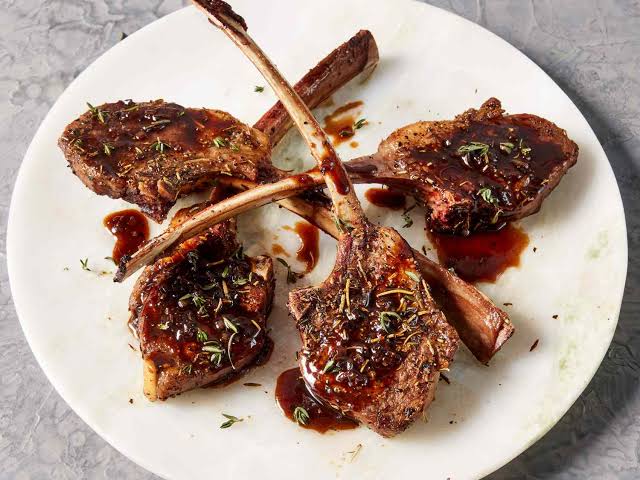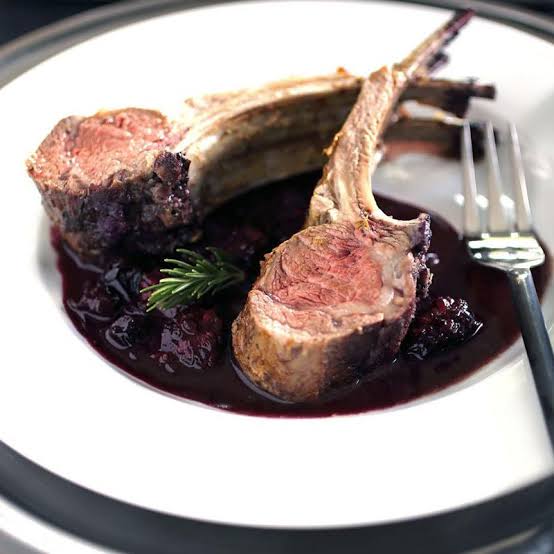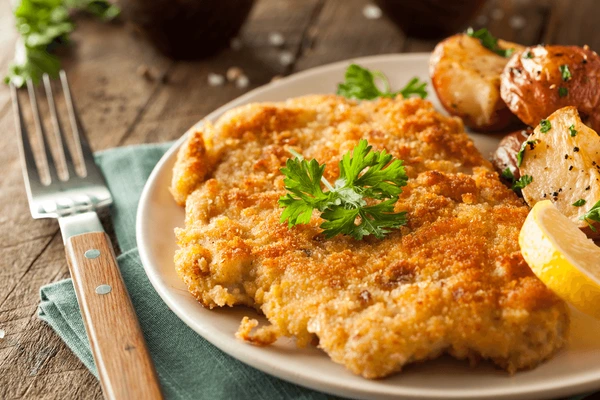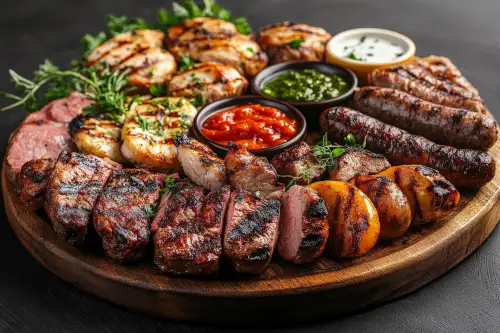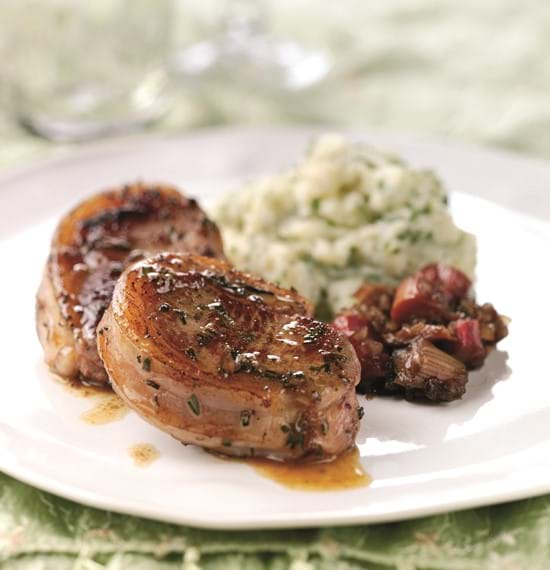Vienna, the elegant capital of Austria, is a city famed for its rich cultural heritage, majestic architecture, and—perhaps most deliciously—its culinary masterpieces. Among the many iconic dishes that make Austrian cuisine globally adored, Wiener Schnitzel, or Vienna Steak, stands tall as a symbol of tradition and gastronomic excellence. Though many people around the world associate it with an ordinary breaded cutlet, Vienna’s version is far from ordinary. The delicate golden crust that encases the tender veal or pork, paired with a tangy lemon wedge and an assortment of delicious sides, makes it a dish that is not only a feast for the palate but also for the soul.
In this post, we will dive into the history, cultural significance, preparation techniques, and modern twists of Vienna’s most famous steak, all while exploring what makes this dish stand out in the world of international cuisine. Whether you are a lover of fine food or simply someone with an appreciation for the origins of iconic dishes, this culinary journey promises to captivate your senses.
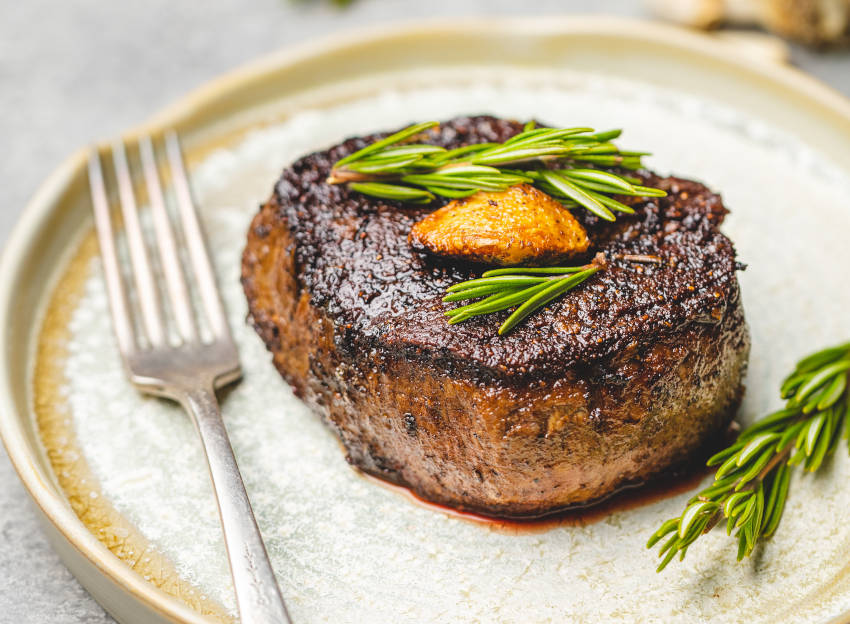
1. A Taste of Vienna: Understanding the Wiener Schnitzel (Vienna Steak)
At its core, Wiener Schnitzel is a breaded and fried cutlet traditionally made from veal, though pork and even chicken versions have become widespread in recent years. It’s often served as a main dish in a traditional Austrian meal, accompanied by a variety of sides such as potato salad, lingonberry jam, or parsley potatoes. However, what makes this dish particularly noteworthy is not just its taste, but its association with Vienna’s culinary heritage.
Although it is one of the most widely recognized Austrian dishes worldwide, it’s worth noting that the Wiener Schnitzel has a more complex and fascinating origin story than most people realize.
2. The Origins of Wiener Schnitzel: A Tale of Tradition and Transformation
The roots of the Wiener Schnitzel can be traced back to Italy and its renowned culinary tradition of preparing breaded and fried meat dishes. It is believed that the dish was introduced to Vienna by Italian soldiers during the 18th century, when the Habsburg Monarchy ruled over parts of Italy. Originally, the recipe called for veal and was closely related to the Italian dish Cotoletta alla Milanese.
As time went on, however, the dish underwent some important adaptations and transformations. In the mid-19th century, the Wiener Schnitzel, as we know it today, became a staple of Austrian cuisine. It was in Vienna that the dish became synonymous with Austrian hospitality, becoming an essential part of the culinary landscape.
Over time, the term “Wiener Schnitzel” became reserved for the version made with veal, as the dish spread throughout Europe. The breaded veal cutlet became increasingly popular in Austria, both as a family meal and in upscale restaurants. As the dish evolved, it developed a uniquely Viennese character that would make it a beloved meal for generations to come.
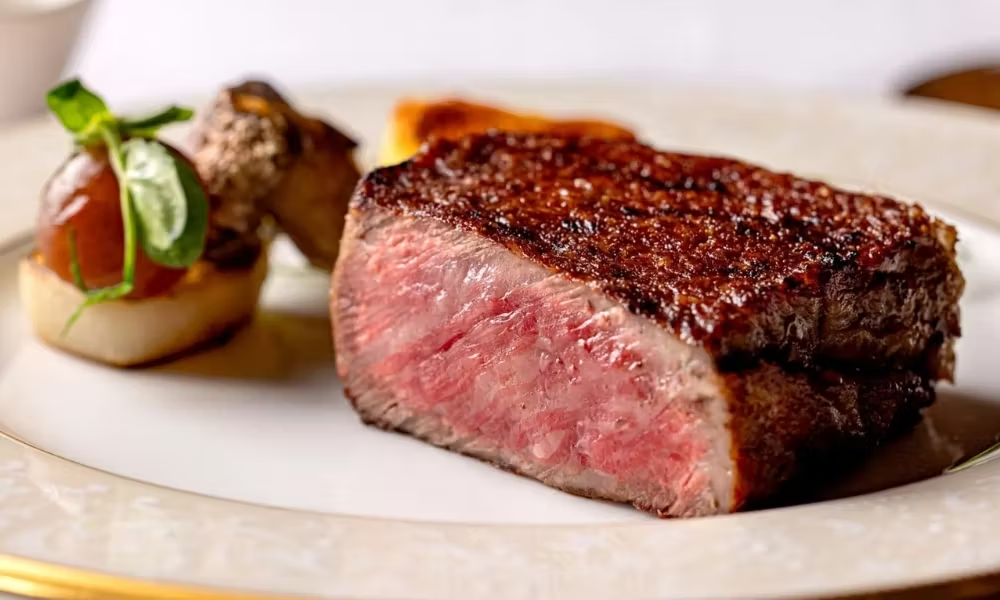
3. The Art of Cooking Wiener Schnitzel: Secrets to Perfection
While Wiener Schnitzel may seem like a simple dish at first glance, there are several factors that elevate it from an ordinary breaded cutlet to an iconic Austrian masterpiece. Achieving the perfect Wiener Schnitzel requires careful attention to every detail, from selecting the right meat to perfecting the breading technique and frying process.
Choosing the Right Meat
The traditional Wiener Schnitzel is made with veal, which has a tender and delicate texture. The veal used for this dish is typically boneless and taken from the loin or leg, ensuring that it has the right balance of tenderness and flavor. However, in some modern variations, pork or chicken is used as a more affordable alternative. Despite this, the true essence of a Wiener Schnitzel lies in its delicate veal.
Breading: A Crucial Step
One of the most important elements in preparing Wiener Schnitzel is the breading process. The veal cutlet is first coated in flour, followed by a dip in beaten eggs, and then rolled in bread crumbs. The breadcrumbs should ideally be light and crispy, giving the schnitzel that signature crunch. A traditional method for making the breadcrumbs is to use fresh white bread, which is then finely grated or processed to create the right texture.
Frying: The Key to the Golden Crust
Once the schnitzel is breaded, it’s time to fry it. The best way to achieve a golden, crispy exterior while maintaining a tender interior is to use clarified butter or vegetable oil. The oil should be hot but not smoking, ensuring that the schnitzel fries evenly and doesn’t become greasy. The veal cutlet should be gently placed into the hot oil, and after a few minutes, it will develop a crisp, golden brown crust that is the hallmark of a well-made Wiener Schnitzel.
Serving: A Perfect Presentation
In Austria, the Wiener Schnitzel is typically served with a lemon wedge, which enhances the delicate flavor of the veal with a tangy zest. Other common accompaniments include potato salad, parsley potatoes, or cranberry sauce. Each side complements the schnitzel, adding balance to the meal.
4. Vienna’s Love Affair with Wiener Schnitzel: More than Just a Dish
Wiener Schnitzel is not merely a dish in Vienna—it is a way of life. The love for this crispy, golden cutlet runs deep, with many locals viewing it as a dish that symbolizes comfort, tradition, and culinary pride. It’s a common feature on the menus of traditional Gasthöfen (Austrian inns), family-run restaurants, and Heurigen (wine taverns), where people gather to enjoy good food, wine, and each other’s company.
Interestingly, the dish is also closely tied to the cultural identity of Vienna itself. For centuries, it has been a meal that unites people from all walks of life, from tourists and diplomats to families and workers. For many locals, eating Wiener Schnitzel at their favorite restaurant is a beloved ritual—a nod to their city’s culinary history and an embrace of its ongoing food culture.
A Modern Twist on Tradition
While the classic Wiener Schnitzel remains a timeless favorite, many chefs in Vienna today are experimenting with new twists on the traditional recipe. Some are adding innovative sauces or spices to the breading, while others are incorporating different meats or even preparing vegetarian versions with alternatives like eggplant or tofu.
The tradition of the Wiener Schnitzel continues to evolve, and today, it is not just confined to Austria. Across Europe and beyond, the dish has inspired countless adaptations, each with a unique touch that reflects the local culture and the chef’s creative flair.
5. Fun Facts About Wiener Schnitzel
To add a little flavor to our exploration, here are a few fun and interesting facts about Wiener Schnitzel that you may not know:
- It’s the National Dish of Austria – Although Wiener Schnitzel has roots in Italy, it has become a symbol of Austrian cuisine and is considered the country’s national dish. In Austria, it is often served during holidays and special occasions, such as National Day (October 26).
- Not Just Veal – While the traditional version uses veal, many restaurants offer Wiener Schnitzel made from other meats, especially pork and chicken. However, when it’s made with pork or chicken, it is technically not a true Wiener Schnitzel—but this doesn’t make it any less delicious!
- A Dish with a Royal Connection – Some historians claim that the Wiener Schnitzel has royal connections, as it was once served at the court of Emperor Franz Joseph of Austria. The dish was said to have been a favorite of the imperial family and was often served at banquets and festive gatherings.
- Vienna’s Schnitzel Museums – Vienna even has a Schnitzel Museum, where visitors can learn all about the history and cultural significance of the Wiener Schnitzel, as well as get tips on preparing the perfect schnitzel themselves.
- Schnitzel Eating Contest – In Austria, there are actually schnitzel eating contests, where participants compete to see who can eat the most Wiener Schnitzels in a given time frame. The record for most schnitzels eaten in one sitting is a whopping 17 schnitzels!
6. The Global Influence of Wiener Schnitzel
The reach of Wiener Schnitzel goes far beyond the borders of Austria. As Austrian immigrants settled in different parts of the world, they brought with them the recipe for their beloved dish, which slowly became a global favorite. In Germany, Switzerland, Hungary, and even parts of South America, variations of Wiener Schnitzel are enjoyed by locals and tourists alike.
In the United States, for example, the dish is often referred to as Schnitzel on menus and is sometimes served with mashed potatoes, salad, or gravy. Similarly, in countries like Argentina, the dish has been adopted and adapted to local tastes, creating a delicious fusion of Austrian and South American flavors.
Hamburg or Vienna Steak
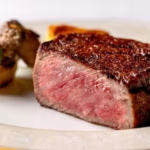
Vienna Steak, also known as Wiener Schnitzel, is a classic Austrian dish made from a breaded and deep-fried veal cutlet, traditionally served with a lemon wedge and sides like potato salad or parsley potatoes. Originating in Vienna, this dish has become a symbol of Austrian cuisine, renowned for its crispy golden crust and tender, flavorful interior. While veal is the traditional meat used, variations with pork or chicken are also common. The dish is deeply embedded in Vienna’s culture and remains a beloved comfort food enjoyed by locals and tourists alike.
- 25 g Onion, Finely chopped
- 10 g Butter Or Oil
- 200 g Lean Minced Beef
- 1 Small egg
- 100 g Breadcrumbs
- 2 tbsp Cold Water or Milk
- Cook the onion in the fat without colour, then allow to cool
- Add to the rest of the ingredients and mix in well
- Divide into pieces and, using a little flour, make into balls, flatten and shape round
- Shallow-fry in hot fat on both sides, reducing the heat after the first few minutes, making certain they are cooked right through
- Serve with a light sauce, such as Piquant Sauce
The ‘steaks’ may be garnished with French-fried onions and sometimes with a fried egg
Healthy eating tips
- Use a small amount of an unsaturated oil to cook the onion and to shallow-fry the meat
- The minced beef will produce more fat, which should be drained off
- Serve with plenty of starchy carbohydrate and vegetables
7. A Culinary Legacy: Wiener Schnitzel’s Enduring Appeal
There is no denying that Wiener Schnitzel remains one of Austria’s most cherished culinary creations. It’s a dish that has stood the test of time, remaining as popular today as it was when it first graced the tables of Vienna’s royal courts centuries ago. Whether served in a Michelin-starred restaurant or a humble neighborhood Heurigen, this crispy cutlet continues to bring people together, making memories, and sharing a love for food that transcends generations.
In the end, Wiener Schnitzel is more than just a meal—it’s a cultural tradition, a celebration of Austrian history, and a timeless symbol of Vienna itself.
Loved this recipe? There’s a whole kitchen full of delicious ideas waiting for you! Browse more of our recipes to keep the flavor going, and don’t forget to share your favorites with friends and family. Happy cooking!

